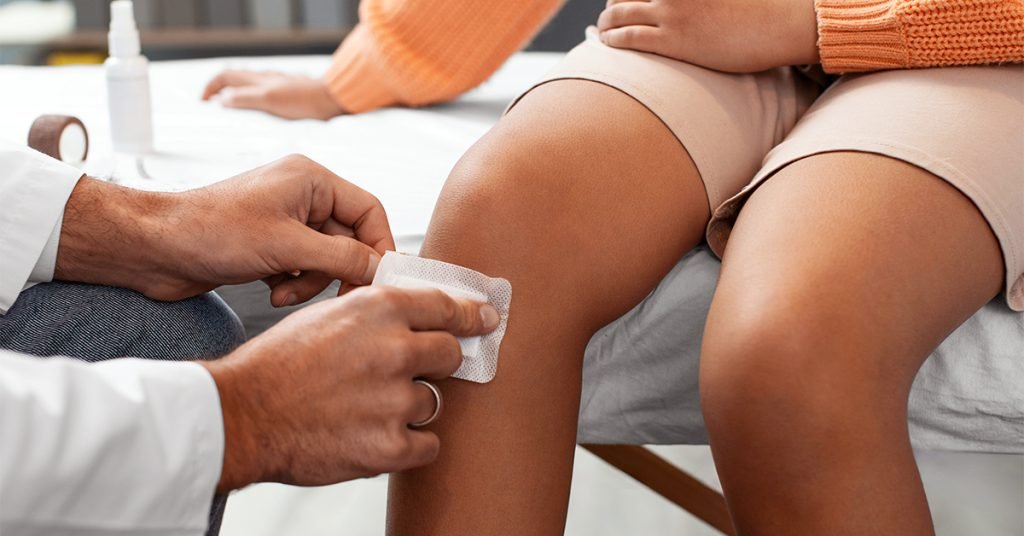What Are Exosomes and How Do They Heal Wounds?
Tiny Messengers With Massive Healing Potential
Exosomes are tiny, bubble-like particles released by cells—especially stem cells—that play a big role in how our bodies heal. Think of them as high-tech messengers, delivering vital instructions in the form of proteins, lipids, and RNA from one cell to another. These messages help nearby cells switch into repair mode, speeding up healing and calming inflammation.
What makes exosomes especially exciting is that they work without introducing new cells into the body. Instead, they amplify your body’s natural ability to regenerate, making them safer and often more targeted than traditional stem cell therapies.
How Exosomes Interact With Damaged Tissue
When applied to a wound, exosomes don’t just sit on the surface—they dive into action. They target injured cells and release their cargo right where it’s needed. This activates a healing chain reaction: new blood vessels begin to form (angiogenesis), skin cells start multiplying, and inflammation is brought under control.
In simpler terms? They give your body a clear roadmap to recovery and the tools to get there faster.
Role in Cell-to-Cell Communication and Regeneration
At the core of exosome therapy is communication. Exosomes help immune cells, skin-building fibroblasts, and blood-vessel-forming endothelial cells coordinate their efforts. This team-like communication improves the quality of healing—leading to stronger tissue, less scarring, and a faster return to healthy skin.

